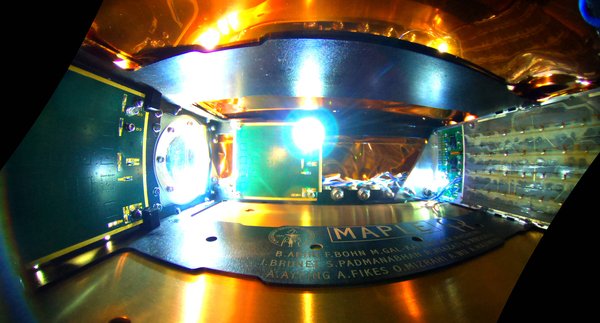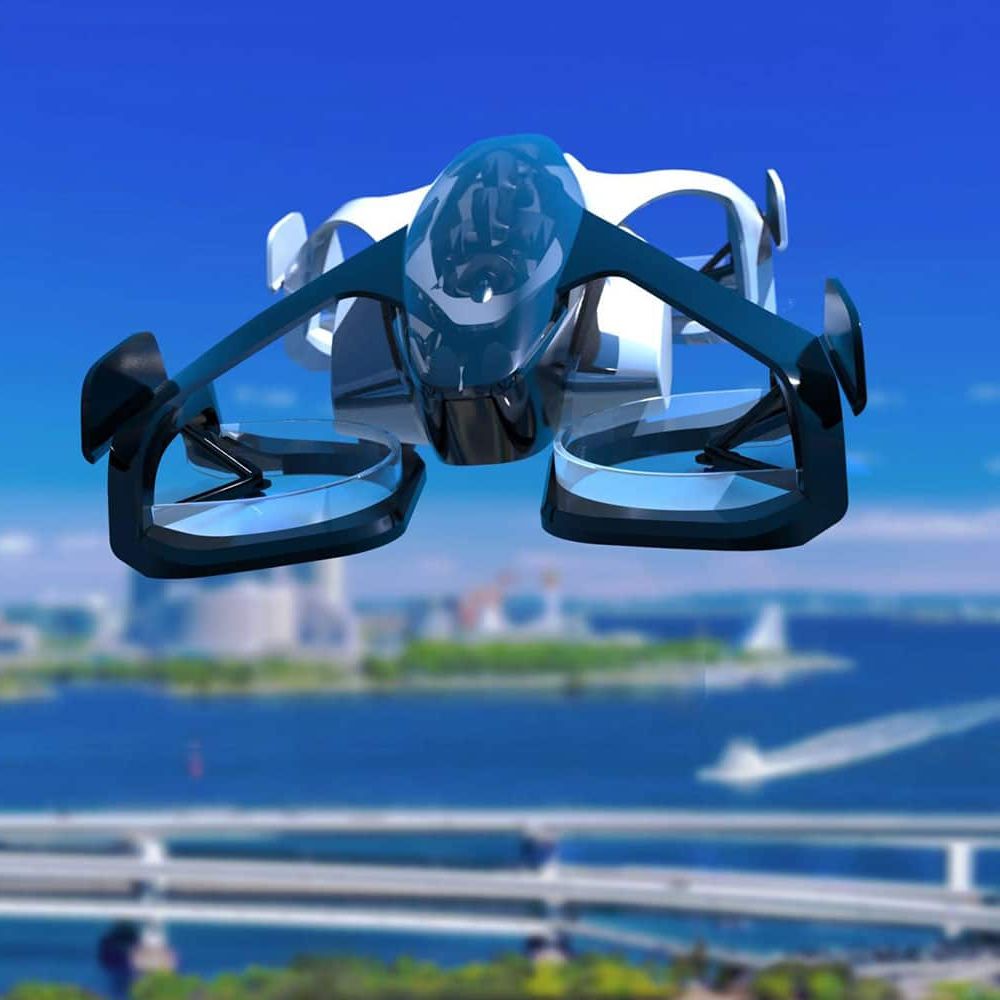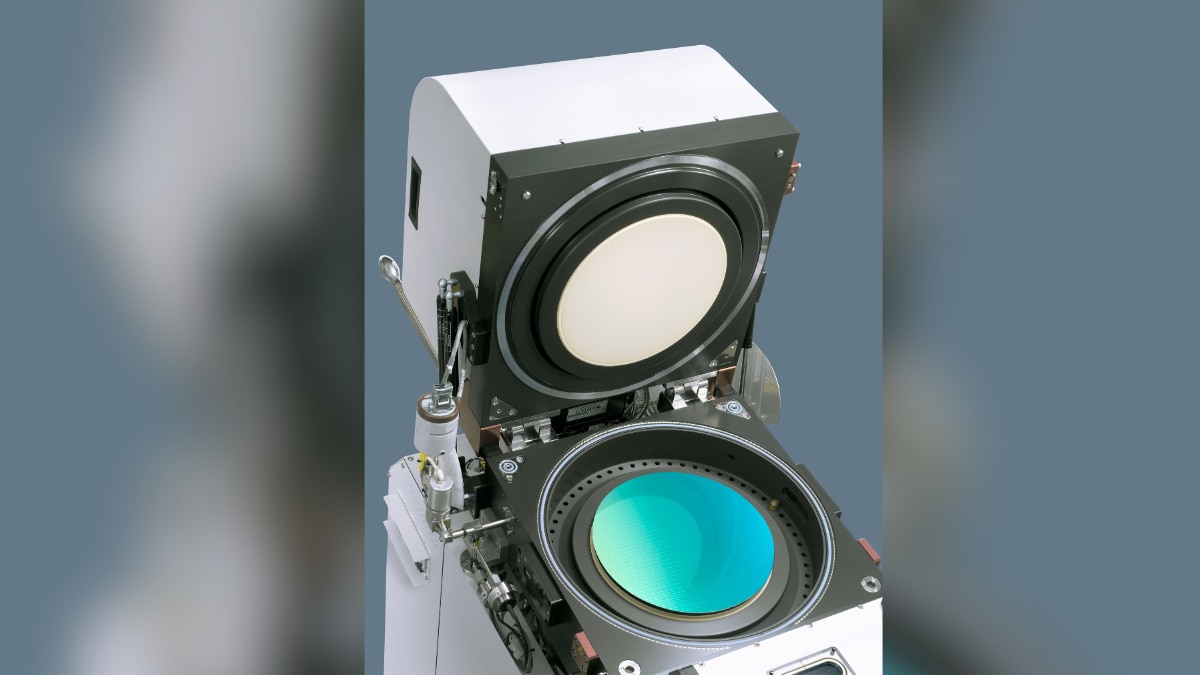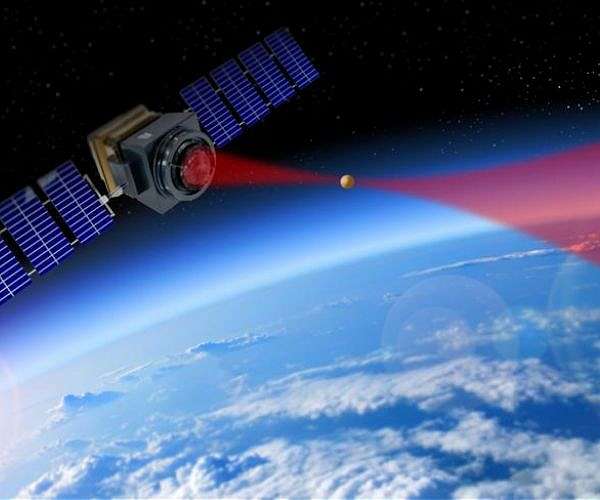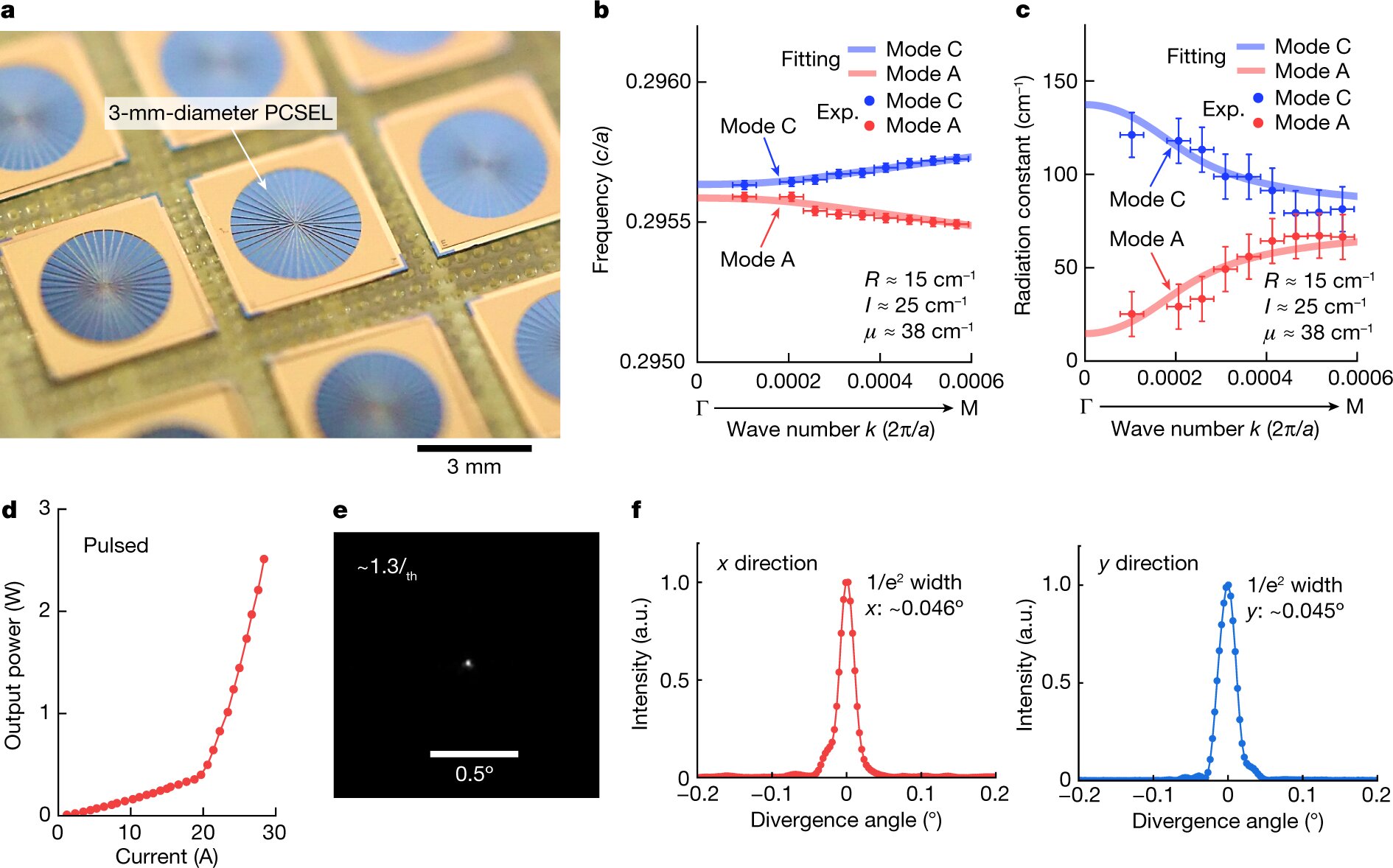Top 10 emerging technologies for 2023 by a World Economic Forum (WEF) report.
1. Flexible Batteries: Thin and flexible batteries made of lightweight materials that can be bent, twisted, and stretched. According to the paper, they have uses in smartwatches, biomedical sensors, flexible displays, and medical wearables.
2. Generative Artificial Intelligence: Generative AI has the remarkable ability to produce fresh and unique content by assimilating extensive datasets. Its significance was amplified with the public release of ChatGPT.
3. Sustainable Aviation Fuel: The aviation industry is responsible for a significant portion of annual global carbon dioxide (CO2) emissions. Sustainable aviation fuel (SAF) produced from both biological sources, such as biomass, and non-biological sources, such as CO2, holds promise as an alternative solution to decarbonise the industry in the short to medium term.
4. Designer Phages: Phages are viruses that selectively infect specific types of bacteria. Equipped with increasingly sophisticated genetic engineering tools, scientists can now reprogramme phages to target the bacteria of their choosing, including those in plants, animals, and humans.
5. Metaverse for Mental Health: Shared virtual spaces are being built to improve mental health. The integration of advanced wearables capable of providing tactile sensations and responding to the user's emotional state, combined with the future metaverse, holds great potential for answering growing mental health crisis.
6. Wearable Plant Sensors: Now, small, non-invasive sensors can be attached to plants, allowing for continuous monitoring of temperature, humidity, moisture and nutrient levels, thereby cutting costs, improving plant health and increasing yields.
7. Spatial Omics: Spatial omics allows scientists to “see” biological processes at the molecular level inside cells by combining advanced imaging techniques with the specificity of DNA sequencing. This innovative technology has the potential to reveal previously unobservable biological structures and events, and help researchers develop new treatments for complex diseases.
8. Flexible Neural Electronics: Brain-machine interfaces (BMIs) establish a direct line of communication between the brain and external computers or devices. In the medical field, BMIs hold promise for treating various conditions - such as the treatment of epilepsy, depression or paralysis, the report says.
9. Sustainable Computing: Net zero-energy data centres will become a reality, the report says, thanks to the fusion of several technologies, generally referred to as "sustainable computing", including liquid cooling systems, AI analytics, and modular data centres.
10. AI-Facilitated Healthcare: The focus of the paper is on how AI can help the entire healthcare system, from tracking pandemic outbreaks to cutting down on hospital wait times.


